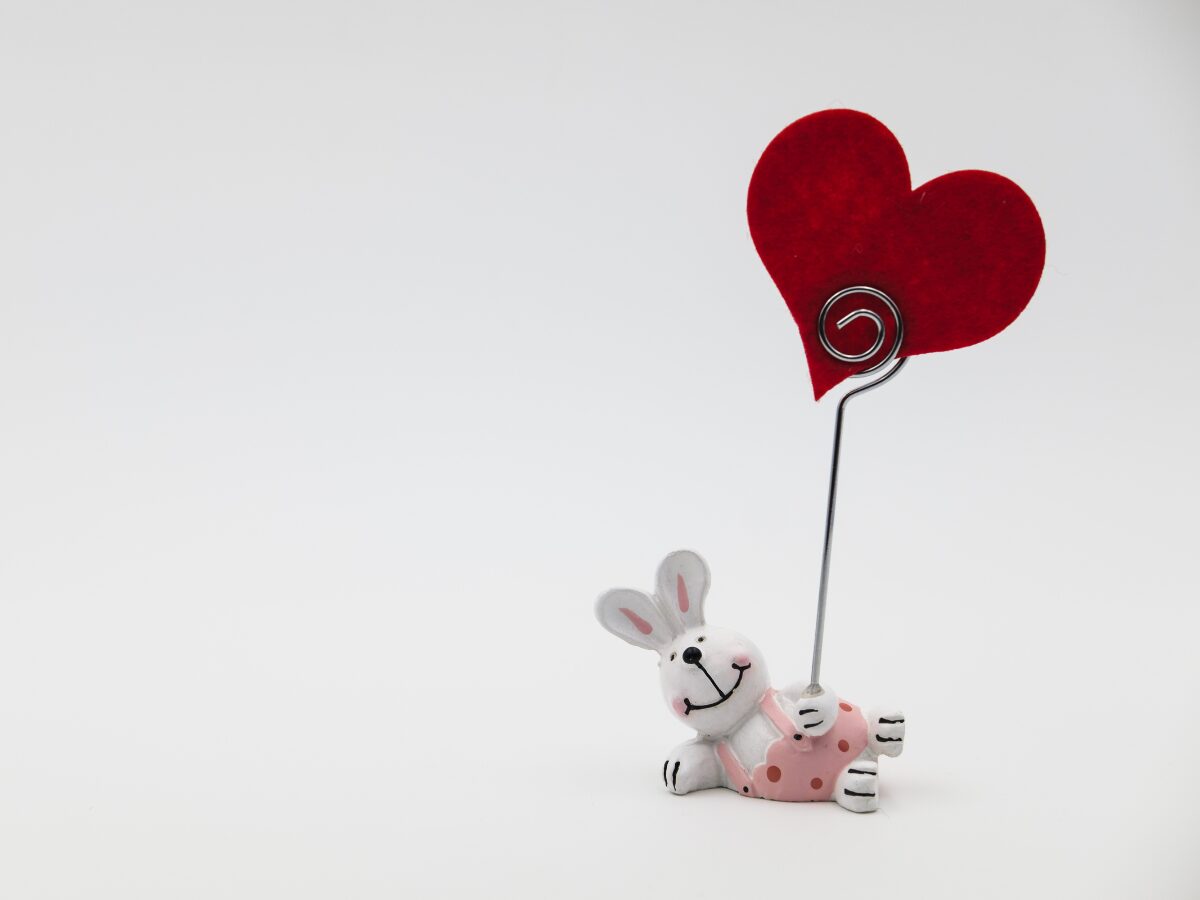Introduction
Love languages, the ways we express and receive love, are not static. They often evolve as relationships progress and as individuals grow and face new life stages. While understanding your partner’s primary love language is essential, recognising that these preferences may shift over time can help you maintain a strong and meaningful connection.
This article explores how love languages can change throughout a relationship, the factors that influence these changes, and strategies to adapt and ensure your bond remains strong and fulfilling.
Why Love Languages May Change Over Time
Personal Growth and Life Stages
As people age and experience significant life events, their priorities and emotional needs often shift.
Example: A partner who once valued physical touch may prioritise acts of service after having children to feel supported in daily tasks.
Evolving Relationship Dynamics
Early relationships often focus on romantic gestures, but as couples settle into long-term commitments, practical support and shared time may become more important.
External Stressors and Challenges
Factors like career changes, financial stress, or health issues can influence how partners give and receive love.
Example: During stressful periods, quality time may become a higher priority for reconnecting emotionally.
Increased Understanding of Each Other
Over time, partners may develop a deeper appreciation for different expressions of love, expanding their preferences.
Signs Your Love Language May Be Changing
New Priorities Emerge
If you notice certain gestures resonate more strongly than before, it may indicate a shift in your love language.
Example: Feeling deeply appreciated when your partner helps with chores could signal a new focus on acts of service.
Previous Gestures Feel Less Impactful
If actions that once made you feel loved no longer carry the same weight, your preferences may have evolved.
Craving New Forms of Connection
Desiring different ways of interacting, like more meaningful conversations or additional physical affection, suggests a changing love language.
Life Changes Create New Needs
Major life transitions, such as moving, parenthood, or retirement, often bring about shifts in emotional and practical needs.
Common Changes in Love Languages Throughout Life Stages
Early Relationship Stage
- Focus on romantic gestures like physical touch, quality time, or gifts.
- Building emotional intimacy often centres around shared experiences and verbal affirmations.
Mid-Relationship or Parenthood
- Acts of service may become more valued as partners navigate shared responsibilities.
- Quality time might be limited, making it more cherished when available.
Later Relationship Stages
- Emotional intimacy often deepens, increasing the value of quality time and words of affirmation.
- Physical touch may take on a more comforting and nurturing role.
How to Adapt to Changing Love Languages
Check In Regularly
Have open conversations about how you’re both feeling and whether your needs have shifted.
Example: “I’ve noticed I’ve been really appreciating the little things you do for me lately—what’s been making you feel loved recently?”
Observe Each Other’s Behaviour
Changes in how your partner expresses love may signal shifts in their preferences.
Example: If they’ve started initiating more quality time, it could indicate they’re prioritising that love language.
Be Flexible and Open-Minded
Understand that evolving love languages are a natural part of a relationship’s growth and not a sign of disconnection.
Experiment With New Expressions of Love
Try incorporating different love languages to see what resonates with your partner.
Example: If they seem less responsive to words of affirmation, focus on acts of service or quality time instead.
Practical Strategies for Staying in Sync
Revisit the Love Languages Quiz
Taking the quiz periodically can help identify shifts in your preferences and your partner’s.
Practice Active Listening
Pay close attention when your partner shares their feelings or complaints—they often hint at changing needs.
Adjust Your Actions
If your partner’s love language shifts, make a conscious effort to adapt how you express affection.
Example: If they now value acts of service, helping with daily tasks will feel more meaningful than verbal compliments.
Communicate Your Own Changes
Let your partner know if your preferences have evolved and explain why certain gestures matter more now.
Example: “I’ve been feeling overwhelmed lately, and it really means a lot when you help with errands.”
Overcoming Challenges With Changing Love Languages
Resistance to Change
It’s natural to feel uncertain when your partner’s preferences shift. Approach these changes as opportunities for growth.
Misinterpreting New Needs as Disconnection
A changing love language isn’t a sign of diminished love—it reflects evolving priorities and experiences.
Struggling to Adapt
If adjusting feels difficult, focus on small, consistent actions to show your willingness to meet your partner’s needs.
Neglecting to Discuss Changes
Avoid making assumptions about your partner’s evolving preferences—open communication is key.
Benefits of Embracing Evolving Love Languages
Keeps the Relationship Dynamic
Adapting to changes ensures your relationship stays vibrant and responsive to each other’s needs.
Deepens Emotional Connection
Understanding and honouring your partner’s evolving preferences fosters trust and intimacy.
Encourages Personal and Shared Growth
Navigating changes together strengthens your partnership and helps both of you grow individually.
Enhances Long-Term Relationship Satisfaction
Recognising and meeting changing needs creates a foundation of mutual respect and fulfilment.
Conclusion
Love languages are not set in stone—they evolve with life’s changes, challenges, and milestones. Recognising and adapting to these shifts is a vital part of maintaining a strong, healthy, and loving relationship.
By staying attuned to each other’s needs, communicating openly, and embracing flexibility, you can ensure that your relationship continues to grow and thrive. Remember, love isn’t about doing the same things forever—it’s about learning, evolving, and showing up for each other in meaningful ways.
References
- Love Languages Can (Sometimes) Change Based On Your Life Stage – Dr Psych Mom
- Does Your Love Language Change the Longer You’re in a Relationship? – She Knows
- How Your Love Language Can Change – Catholic Mom Vibes


